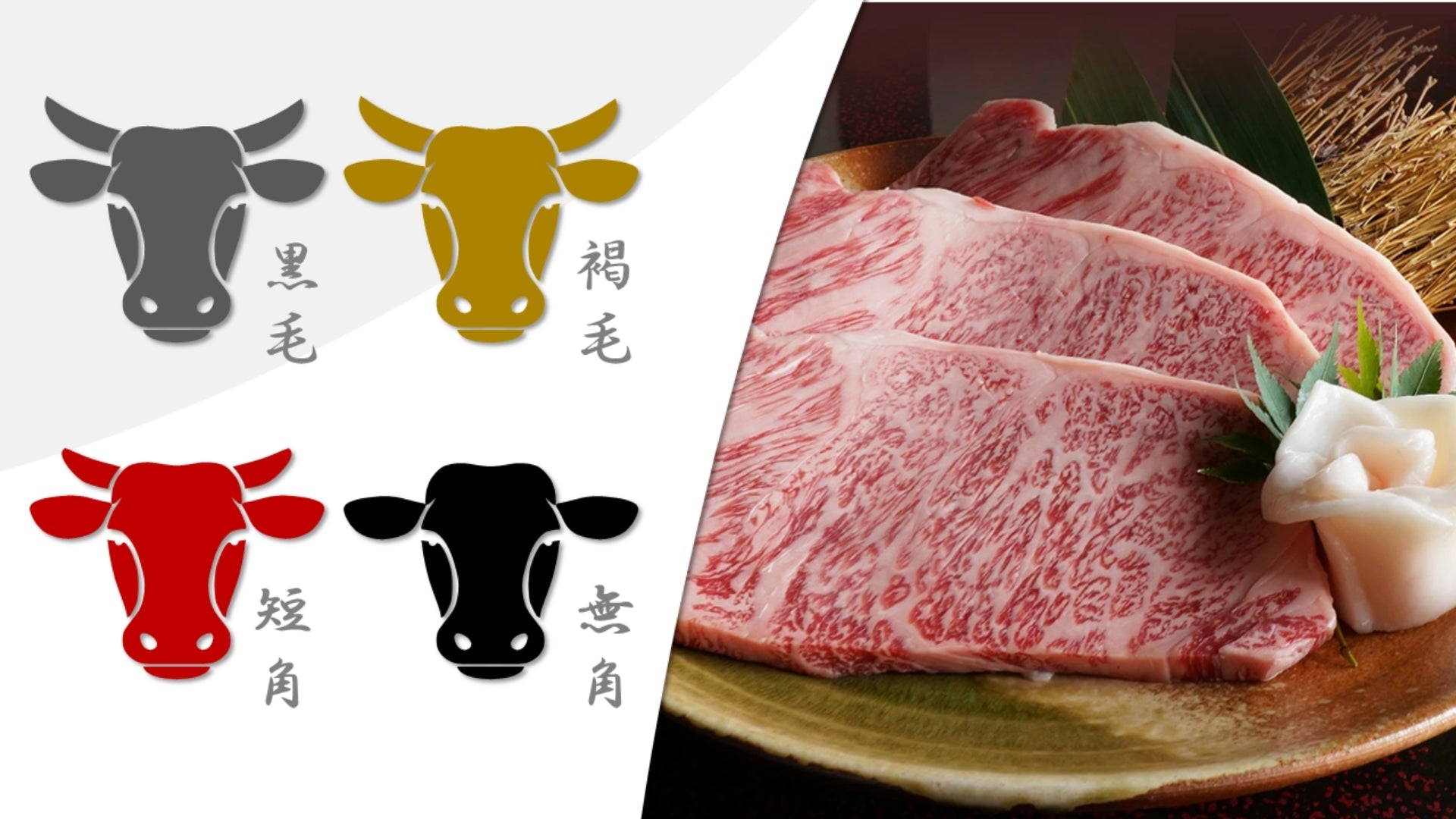Article: What Is Wagyu? A Beginner’s Guide to Premium Japanese Beef

What Is Wagyu? A Beginner’s Guide to Premium Japanese Beef
A Beginner’s Introduction to the World’s Most Expensive Meat:
Wagyu Beef: Everything You Need to Know Before You Take the Plunge.
Popular around the world thanks to its unmatched flavor and texture, Wagyu is considered by most to be the highest quality beef in the world.
But what is wagyu beef really?
Let’s dig into the world of meat juiciness and try to understand a couple of basic concepts.
First, the name says it all and doesn’t leave room for any misinterpretation.
The word “Wagyu” (和牛 in Japanese) literally means “Japanese cow” where Wa (和) stands for Japan and Gyu (牛) for cow.
So, whenever you see Wagyu printed on a package of burger patties at the grocery store or on the menu of a fancy Michelin-star restaurant, you know it has something to do with Japan.
But there's a catch...and it's a big one.
While different countries are now raising their own breeds, only cattle born and bred in Japan can be considered 100% Japanese Wagyu.
The Japan Meat Grading Association (JMGA) strictly evaluates the quality of Wagyu beef based on criteria such as fat marbling (those fine white lines running through the steak), color, and texture.
Moreover, cattle undergo mandatory progeny testing to ensure that only the best Wagyu genes are preserved for breeding, resulting in detailed family trees for cows and a state-of-the-art tracing system that enables the end user to verify the source of the product they have bought.
Does that mean Wagyu from other countries is fake?
Absolutely not.
This brings us to the second point and its explanation is related to DNA.
To keep it simple, over the last few decades, pure Japanese Wagyu cattle genes have been used for cross-breeding with other breeds. This resulted in new cattle varieties with different original Japanese Wagyu DNA percentages.
Outside of Japan, the presence of Wagyu genes in the cow's DNA (regardless of how much) is usually enough to label its meat as Wagyu.
USA and Australia are good examples of this cross-breeding practice so nowadays their Wagyu beef, thanks also to solid marketing strategies and distribution channels, is widely available in many supermarkets worldwide.
More recently, crossbreeding of Wagyu genes has also been carried out in Europe and some Asian countries. However, nomenclature and rules may differ depending on the country where the cow is raised and marketed.
The names used to indicate crossbreeds and wagyu, in general, can be misleading, so a more careful and separate analysis is necessary.
Here, I will only mention the case of Kobe beef as an example.
This name is often used to indicate Wagyu, but it is actually only one of the many brands available.
One reason for its popularity is that it was one of the first brands to be exported from Japan, and over time it became a kind of synonym for Wagyu.
Is it really healthy?
One of Wagyu beef's characteristics is that it offers a high accumulation of intramuscular fat (IMF) which produces highly marbled meat.
High marbling not only makes the meat more tender, juicy and buttery but also affects its health benefits.
In a nutshell, it has higher proportions of monounsaturated fatty acid (MUFA) due to higher concentrations of oleic acid.
Now, MUFAs are good for your heart as they can lower the bad cholesterol (LDL) and raise the good cholesterol (HDL) in your blood.
Another benefit comes from the natural and stress-free environment in which Wagyu cattle are often raised.
This is especially evident in Japan, where farmers treat them with respect and care, without any harsh or cruel methods.
Additionally, their meat is free from hormones, antibiotics, or other harmful chemicals that may pose a threat to your health.
The “Serving factor”.
Last but not least, is what I call the "Serving factor”, a crucial aspect to consider when enjoying wagyu beef.
Due to the high amount of intramuscular fat in heavily marbled cuts, we tend to feel more satisfied with smaller portions compared to regular steak.
In most restaurants, regular steak portions can range from 225g to 340g (8 to 12 oz), while wagyu is usually served in smaller portions of 56g to 85g (2 to 3 oz).
It's not just about the cost. Eating a 340g wagyu steak by yourself would be very hard!
That's why it's best to consider wagyu beef as a delicacy meant for special occasions rather than a casual cookout with buddies.
In general, high-quality Wagyu delivers a great experience and ultimately the final choice comes down to the customer’s personal taste.
To avoid disappointment or being ripped-off customers should pay attention to these aspects when choosing Wagyu.
Have you had the opportunity to experience Japanese Wagyu beef?
Are you confident in your ability to purchase it, or are you overwhelmed by the different varieties available on the market?


